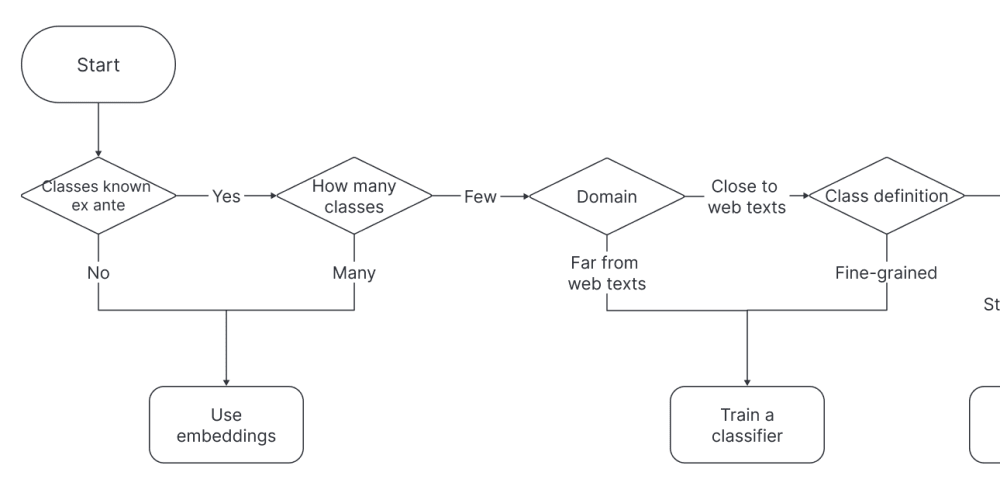
Oracle Cloud Applications are used to manage mission-critical business processes. Whenever updates are rolled out or changes are made to the application, automated regression testing is required.
Automated Regression Testing
When the testing is performed to check the existing program’s performance, it is known as regression testing. In this, re-execution of partial or total execution of executed cases takes place to ensure the existing functionalities. Automated regression testing is done to ensure whether the new code changes have affected the existing functionalities and verifies that the old code works once the new code changes are done.
Need for Regression testing
It is mainly done when any new feature is added to the existing application. Whenever the code is changed, it may be possible that it leads to changes in the existing operations, which in turn affect the other parts of the software application. It can also be done when a performance defect is fixed.
How Does Regression Testing Ensures Business Continuity?
Rgerssion Testing empowers the companies to ensure that the modifications or changes do not harm the existing functionality of the software
It help determine the ongoing stability of the company’ software services and applications
Through regression testing, businesses can addressed the problems, without damaging the initial functionality of the solution
Steps of Regression Testing and Need to Perform it in Oracle Cloud Applications
Firstly, debug the code. The processing of finding the error in the code is known as debugging. Once the bugs are recognized, required changes are made to fix them. After that, relevant tests from the test suite are selected to do the regression testing that engulfs affected and modified parts of the code.
Regression testing for the Oracle Cloud applications is essential because it ensures that customizations of Oracle Cloud applications are still intact and integrations of Oracle Cloud applications are still working as intended.
Whenever Oracle pushes any releases, such as patching, configuration changes, or any other code modifications, organizations need to perform automated regression testing to ensure that the existing business process doesn’t get interrupted. Furthermore, new changes, like adding a new feature, may have the potential to adversely impact user experience and system performance. If implementing a new feature takes place without considering its effect on current procedures and processes, it could have substantial implications for operational efficiency.
When to Perform Regression Testing?
When a new process is enacted, or a process is adjusted. Execution of regression test cases is essential to minimize business disruptions.
Oracle releases updates that have the potential to affect the integration and existing customization. Regression testing verifies whether the integration and existing customizations work as expected or not.
Integration of a new app with the Oracle Cloud applications may lead to changes in the software application process.
Challenges in Oracle Cloud Regression Testing
The updates in Oracle Cloud provide functionalities and new features 4X a year to support enterprises in staying agile and competitive. Each quarterly update requires more than 2X regression testing, and doing the application testing in the Oracle Cloud applications manually is quite daunting.
No Awareness of Testing Goals
For all Oracle customers, it is a daunting task to prioritize the test case. Organizations have to guess what to test with traditional manual testing, which in turn ends up testing too much, testing too little, or wasting time and money.
Traditional Test Automation is Not Ideal
Test automation is the logical way to label Oracle Cloud automated regression testing challenges. The code-based tools like Selenium are not suitable for Oracle regression testing. Though automation tools enhance testing speed, code-based tools like Selenium comprise a steep learning curve, and employees need a lot of time to learn. It is an issue for the Oracle Cloud Application employees that they are not typically technical and, therefore, can not contribute to the Oracle testing when code-based tools are used.
The Burden of Test Script Maintenance
The Oracle Cloud apps do not have fixed attributes like ID, name, CSS, etc., so it becomes challenging to automate them. Test automation tools that comprise locators are not helpful since any modification or a slight change in a code can make the scripts quite flaky. Also, Oracle releases updates 4X a year, and the test script maintenance becomes quite burdensome.
End-To-End Testing is Complex
Oracle Cloud apps do not operate in a standalone manner and are mostly integrated with applications such as Salesforce, Workday, or other custom apps. Moreover, with the help of tools like Selenium, it becomes quite cumbersome to create end-to-end tests.
Final Thoughts!
Testing is one of the essential facets of Oracle cloud applications. To do the successful regression testing of the Oracle cloud applications, you can use Opkey. It is an industry leading regression testing platform for Oracle Cloud apps. Since it is no-code, even business users can operate it with slight training. Furthermore, the AI-powered change impact analysis resolves the biggest problems like what to test and what not to. Opkey offers coverage based on the highlighted risk. Opkey’s AI-powered self-healing capabilities minimize the test script maintenance effort as scripts get autonomously healed.


















